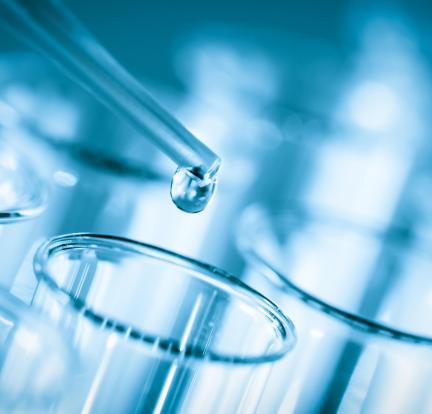PFAS & Drinking Water

What are PFAS?
Perfluoroalkyl and polyfluoroalkyl substances (PFAS)—often referred to as “forever chemicals”—are a class of more than 6,000 manmade chemicals that have been in used industrial and consumer products designed to resist heat, water, oil and stains. These products include non-stick cookware, food packaging, personal care products and water-resistant apparel.
Due to decades of use, PFAS are prevalent in the environment. Industrial sites might release PFAS into the water or air. Consumer and household products containing PFAS enter landfills and are washed down the drain. Because of their chemical composition, PFAS do not break down naturally and can be found throughout the environment in surface water, groundwater, air and soil. They build up in the environment over time, eventually entering our bodies through food and drinking water.
As passive recipients of PFAS compounds, water and wastewater utilities are required to comply with new Environmental Protection Agency (EPA) regulations. In addition to the information below, you can visit the EPA website at Per- and Polyfluoroalkyl Substances (PFAS) | US EPA to learn more about how you can limit your exposure, and you can view our 2024 Water Quality Report at Water Quality Reports | Prince William Water for information about your drinking water source.
For more information about PFAS, visit our PFAS Frequently Asked Questions page.


